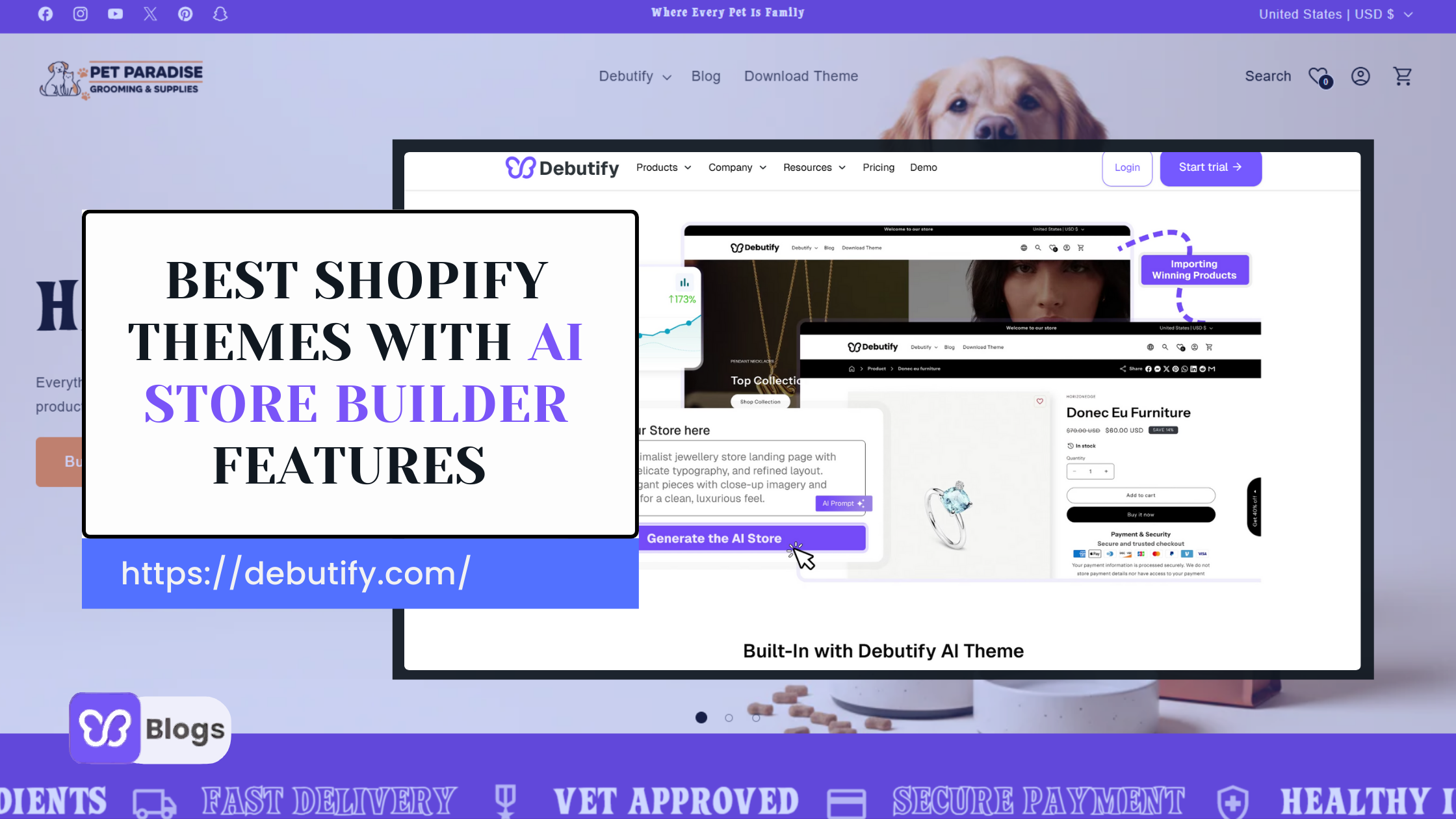Exploring various lock and security systems
When it comes to physical protection strategies, exploring different lock and security systems is crucial. This includes considering options such as high-quality locks, access control systems, surveillance cameras, alarm systems, and security guards.
Assessing the specific needs and vulnerabilities of your products and premises can help determine the most appropriate lock and security systems to implement. It is important to choose reliable and tamper-resistant systems that provide adequate protection against theft and unauthorized access.
Implementing effective storage solutions
Implementing effective storage solutions is essential for protecting products from damage, theft, and wear. This involves considering factors such as the type of storage facility, shelving or racking systems, and organization methods.
It is important to ensure that the storage area is secure, well-maintained, and equipped with appropriate security measures. Proper labeling and inventory management can also help the store prevent loss or damage by facilitating easy identification and tracking of products.
Utilizing protective cases, covers, and packaging
Protective cases, covers, and packaging play a crucial role in safeguarding products from physical damage during handling, storage, and transportation. Depending on the nature of the products, using sturdy and impact-resistant cases or packaging materials can provide an additional layer of protection.
Customized foam inserts or padding can be used to secure and cushion delicate or sensitive items. Waterproof or weather-resistant covers can be utilized to protect products from environmental factors.
By selecting and utilizing appropriate protective cases, covers, and packaging, you can minimize the risk of damage and ensure the longevity of your products.
Tips for securing products during transportation
Securing products during transportation is important to prevent damage, loss, or theft. Some tips for securing products during transportation include:
1. Proper packaging: Use suitable packaging materials, such as boxes, bubble wrap, or padding, to protect products from impact and movement.
2. Secure the load: Ensure that the products are tightly secured within the vehicle or shipping container to prevent shifting or falling during transit. Straps, ropes, or cargo nets can be used for this purpose.
3. Use tamper-evident seals: Apply tamper-evident seals to packages or containers to detect any unauthorized access or tampering during transportation.
4. Tracking and monitoring: Utilize tracking and monitoring systems to keep a close eye on the location and condition of the products during transit. This can include GPS tracking devices or real-time monitoring systems.
5. Choose reliable carriers: Select reputable and reliable transportation companies or carriers that have customer experience and a proven track record of secure and safe delivery.
By implementing these tips and strategies, you can enhance the physical protection of your products during transportation and reduce the risk of damage or loss.







